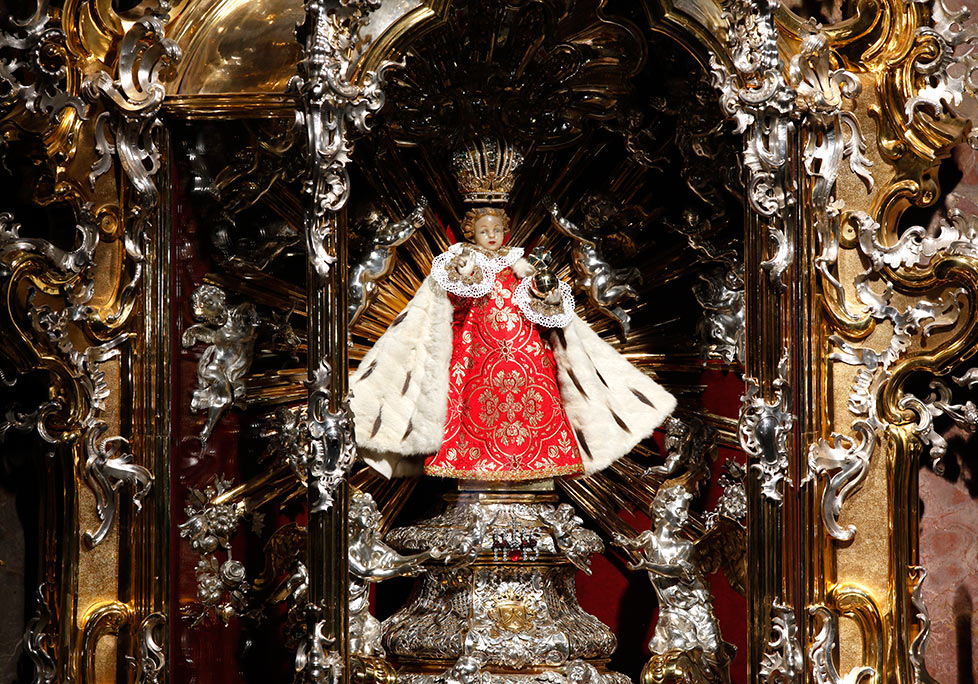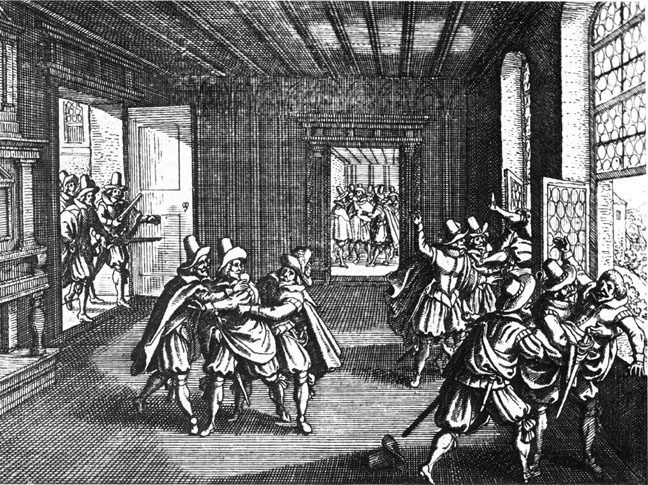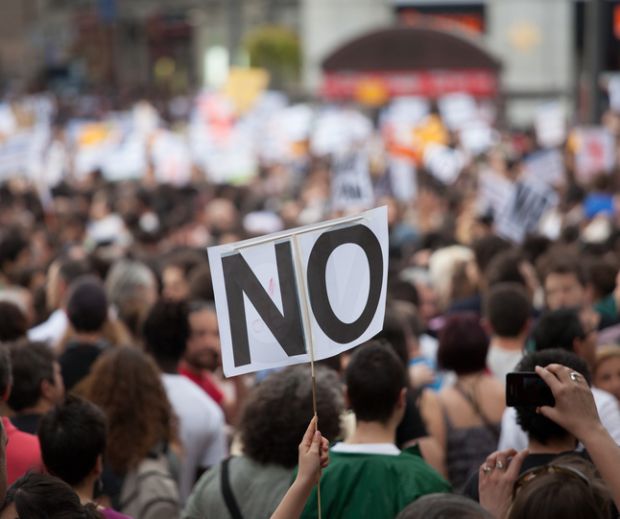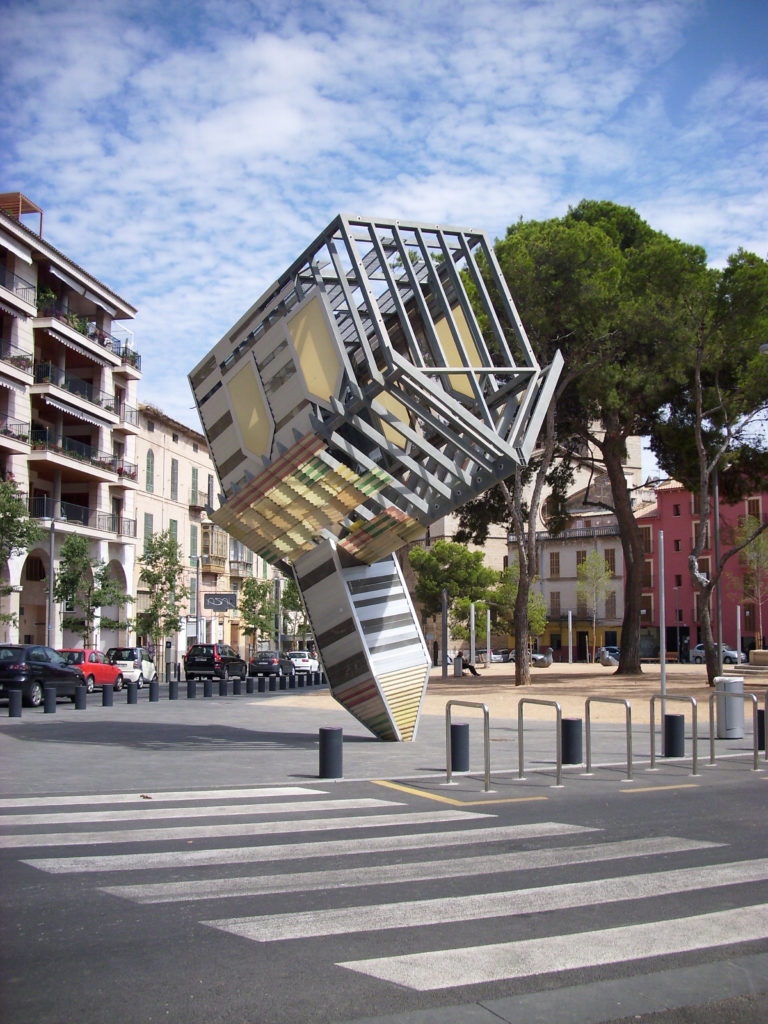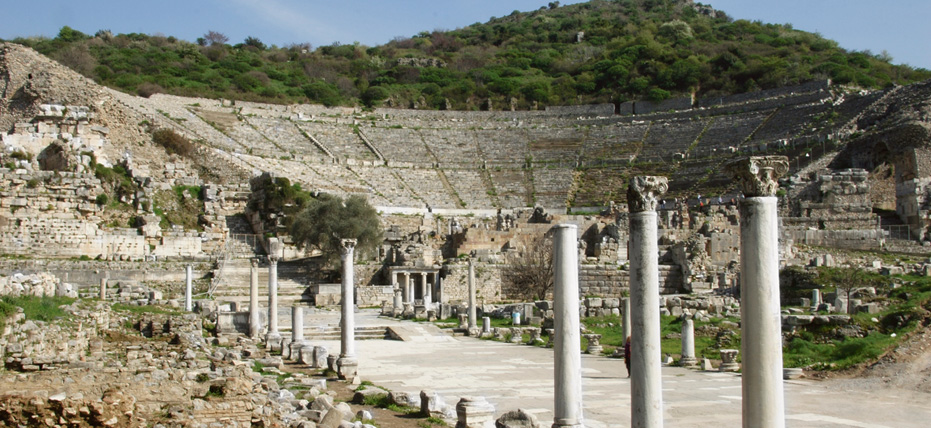Not sure how your feet look today, but mine? Really bad and not sure what I am going to do with them. Filthy, so filthy, and hope that there is some way I can get them cleaned up – otherwise it will be so embarrassing.
Actually my feet have been dirty for a while. Dirty because I am so privileged. And that is the heart of the issue. How to keep some semblance of cleanness on those feet when privileged.
Gayle and I are actively pursuing an apartment in Madrid, and although there are many complications with the purchase such as the possibility that we could end in court concerning the issues on the whole block, we are actively making drawings of what we can fit in there. (Did I write ‘we’? I should have put Gayle, she is the expert on that, seeking to work out what can go in to an apartment of 18 foot x 14 foot (5.5m x 4.3m).) Property – such a great investment. Put your money in bricks and mortar, prices go up, particularly in a city – so goes the advice.
Now that is where the dirty feet come in. Madrid, like most major cities, has so many properties that have been bought up simply so as they can be rented out with the result that rental prices are going up, many locals no longer being able to afford to live in the area. This is no exception in the area where we have for years prayer walked and homed in on.
We can lay out all the reasons why we want to live there, the prayers, the prophetic words, we can lay out our finances etc., and we can do so with a clean conscience. We have stood in front of Madrid when Mammon spoke loudly to us and said ‘you cannot enter here’, and we spoke back saying that we are not coming to make money or to exploit. We have simply asked for a place to enter, somewhere small, somewhere from where we can make space for others to find their place in the city. Yet, assuming we get this property, just by moving in we will contribute to the rise in prices.
Hopefully then we have a clean heart but in the very act of pursuing this apartment our feet are already dirty. That of course was the issue that Peter had to face up to. He did not need to be washed throughout, just his feet. Maybe as a reminder to us the barrio where we are looking to move is ‘Lavapies’ – feet washing!
How do we respond? With humility has mark the start of any entry, and we probably have to do something in the early days that is not simply counter-cultural but counter-spirit. Money makes the world go round (often in the wrong direction), so to turn the rotation, something always has to be done. Jesus, with choice of treasurer, did that in a big way. Sabbath and Jubilee ensured there was a jolt to the ever present ‘invisible hand of the market’, and the entry to the land was marked by gaining nothing materially at the first point of entry (Jericho). I have sought to do that in certain places. I had books published in Korean, Swedish, German, Portuguese and in the USA. In each situation I decided to take no royalties. A small response as sometimes one can only make a small response.
Once we get this apartment it will be eminently rentable, but we will have to, in the first season make choices that do not benefit us financially, otherwise even if our hearts remain clean we would be making no real contribution to the rotation of the city. Hopefully as we walk the city our feet will not get too dirty, in fact the very act of walking will help them be a little cleaner than they would be otherwise, but for sure they will never be spotless. And seemingly that is the way it is meant to be.

The percentage share of global wealth
Comparatively, our wealth, puts us in the top perentage of those considered wealthy in the world. We have food, we have a roof, we even have a car, both of us have cell phones. Wealth.
How then do we live with privilege? That is the issue.
Years ago the discussion about ’emerging church’ and the like could be seen as a luxury that many in the world could not afford to engage in. Live in a favela, or to be living under constant scrutiny for one’s faith in certain countries, and then suggest that what they should do is hold a conference on the nature of emerging church would be an insult. That was the privilege (luxury) of living in the west with our resources and heritage.
University education, the world of academia… In Spain so many of those who are pushing for political change are university graduates, some having been professors. A privileged world seeking to bring a difference to those who have been silenced. Does one have to go into academia to make a difference? (For me part of the attraction of Liberation Theology was the privileged interpretation of Scripture by the poor. The suggestion was that they could understand Scripture in a way that no academic theologian could, being one of the outworkings of the ‘preferential option for the poor’.) I write from time to time about money, but I do not understand economics. I probably do not have the ability to grasp the issues surrounding economics, so some of what I write those with greater understanding could probably drive the proverbial bus through. So is real change only effected by those who can study and intellectualise at that level?
In theory I do not like the world of privilege, hence I am not a royalist, and I find it easier to spell the word ‘socialist’ than ‘conservative’, yet I am privileged and if I had one regret in life it would be that I have not always rocked the boat when I should have. Ah well – learn from past errors.
With all my questions over the privileged worlds of home ownership, academia and the like, I remain convinced that amidst that luxury there is space to use that for the sake of others. Discussions on ’emerging church’, ‘the nature of Imperial power’, or ‘how church and theology have been subsumed by sovereignty’ are not simply luxury discussions. I think they are also essential so that something is sown into the wider world. If we can have those discussions and seek to influence one another there will be substance stored up also for those who, in the future, move beyond living in survival mode (where the society is hostile to the Christian faith) or move beyond the heady days of revival growth.
We have to live in at least two worlds. The small world where we find ourselves, and in our situation that small world is a highly privileged world. And the bigger world of the world the corporate ‘we’ have created. We cannot simply live in one of those worlds. In our world we have to use any privileges we have to undermine those very privileges and to contribute to the shift in the rotation of the big world. Probably we will only make a small contribution. Maybe that is all we are meant to make, and to ensure that the small contribution has eternal value, we probably have to look quite often at our feet.

